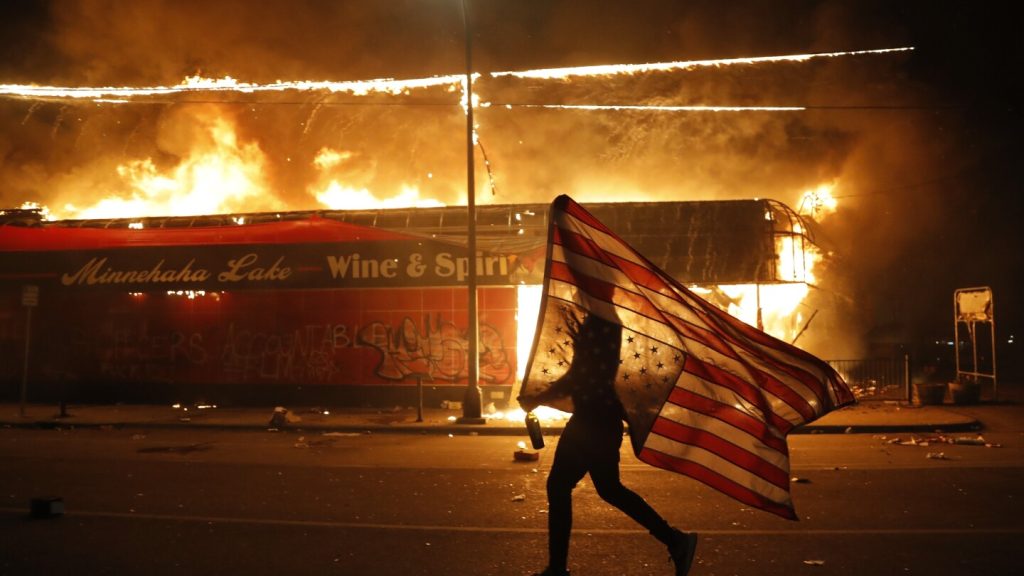In May 2020, Associated Press photographer Julio Cortez was called to Minneapolis to cover the protests following the death of George Floyd. Cortez, along with reporter Steve Karnowski, witnessed unprecedented demonstrations that marked a shift in the Black Lives Matter movement. The coverage of these events reflects a larger reckoning on race in America, as explored by AP race and ethnicity editor Aaron Morrison. This episode of The Story Behind the AP Story delves into the experiences of journalists on the ground during pivotal moments of the movement.
The protests in Minneapolis were fueled by the death of George Floyd, but also built upon a legacy of activism that started with the Ferguson uprising in 2014. Ten years after the death of Michael Brown in Ferguson, the Black Lives Matter movement has grown in influence and impact. The emergence of a new generation of racial justice activists has reshaped the conversation around police brutality and systemic racism in the United States. This movement has inspired other groups to begin their own reckonings around race in various sectors of society.
Cortez’s coverage of the Minneapolis protests earned him and his colleagues a Pulitzer Prize for breaking news photography. His iconic photo, capturing a protester carrying an upside-down American flag next to a burning building, symbolized the intense emotions and frustrations felt by many in the community. The protests were not just about George Floyd’s death, but also about broader issues of racial injustice and inequality. The events in Minneapolis sparked a wave of activism that transcended traditional boundaries and reached into politics, education, and corporate America.
The impact of the protests in Minneapolis extended beyond the immediate demonstrations. The political landscape in the city shifted, with the city council becoming more progressive and diverse. These protests forced deep introspection and led to tangible changes at various levels of society. The movement also highlighted the multiracial and inclusive nature of modern activism, demonstrating a broad coalition of individuals fighting for justice and equality. The protests in Minneapolis have become a symbol of collective activism and a catalyst for lasting change.
As the country continues to grapple with issues of race and social justice, the legacy of the Minneapolis protests serves as a reminder of the power of collective action and the importance of confronting systemic inequalities. The reckoning on race in America is ongoing, with individuals and communities advocating for meaningful change across various sectors. The events in Minneapolis have sparked a broader conversation about race and injustice, prompting individuals to reflect on their own role in advancing equality and diversity. The impact of these protests will continue to ripple through society, shaping the future of racial justice in America.


